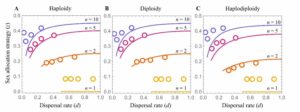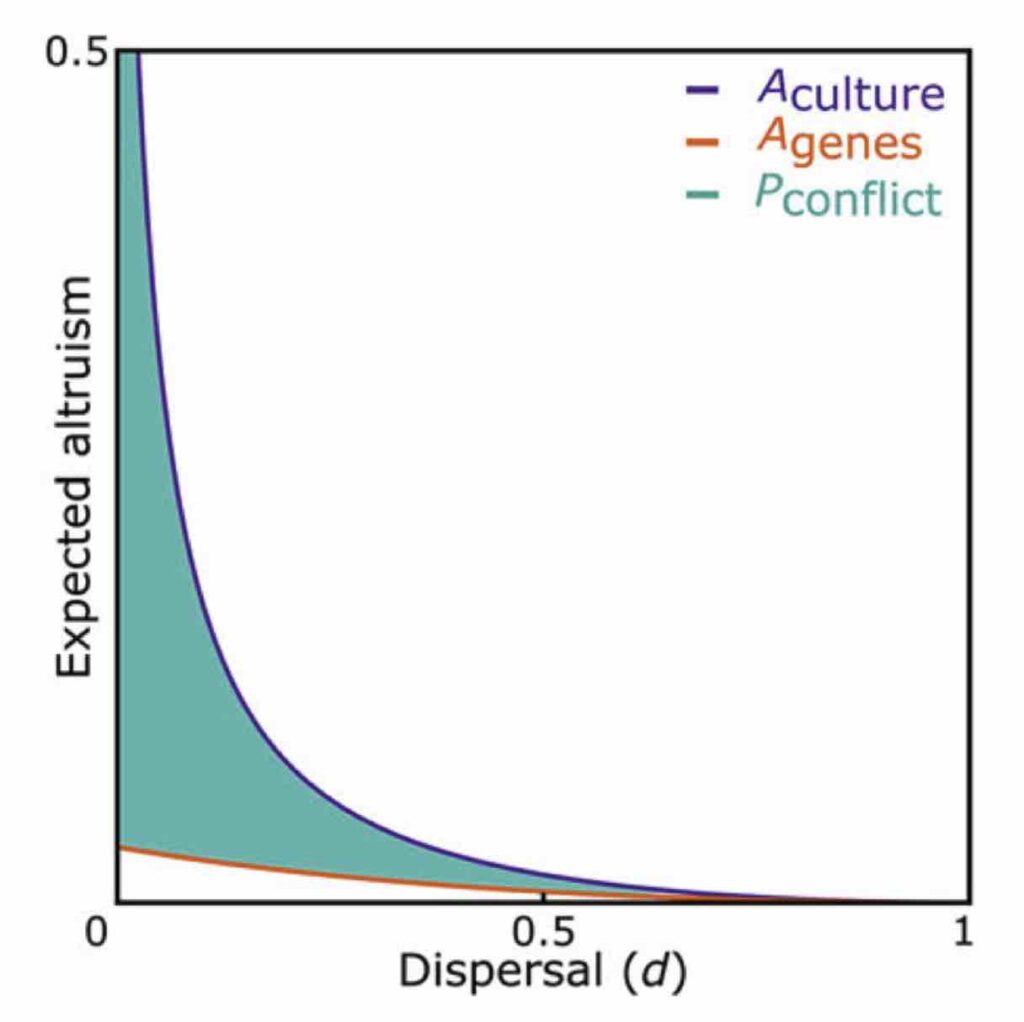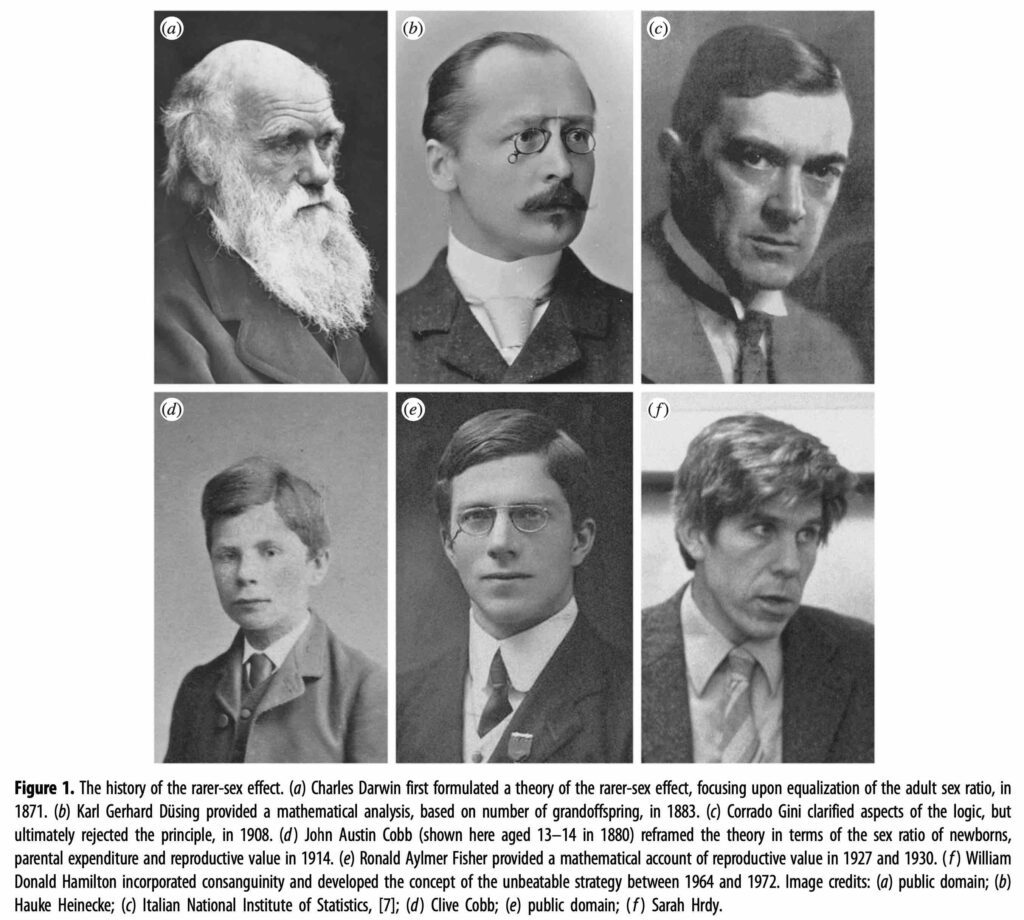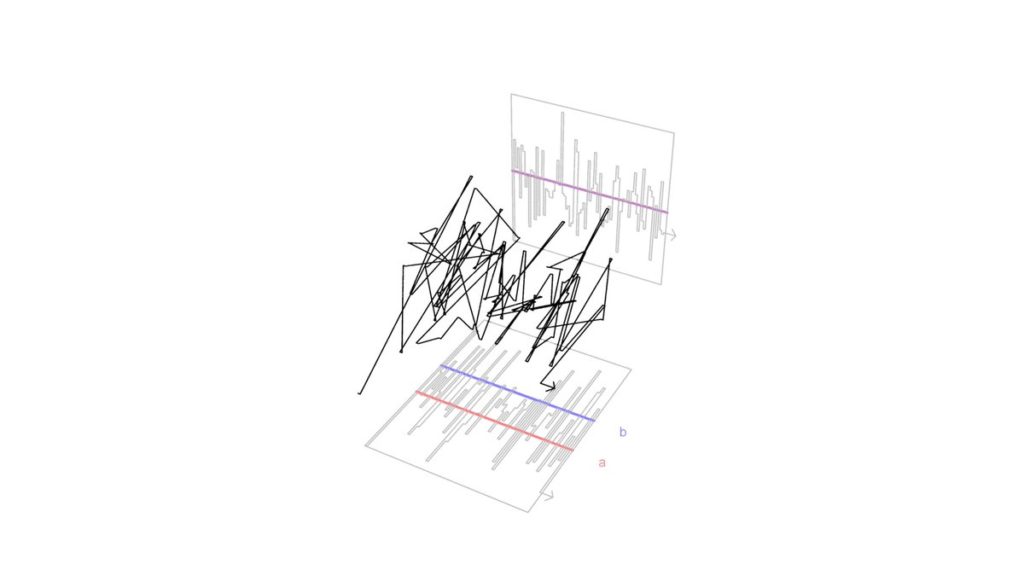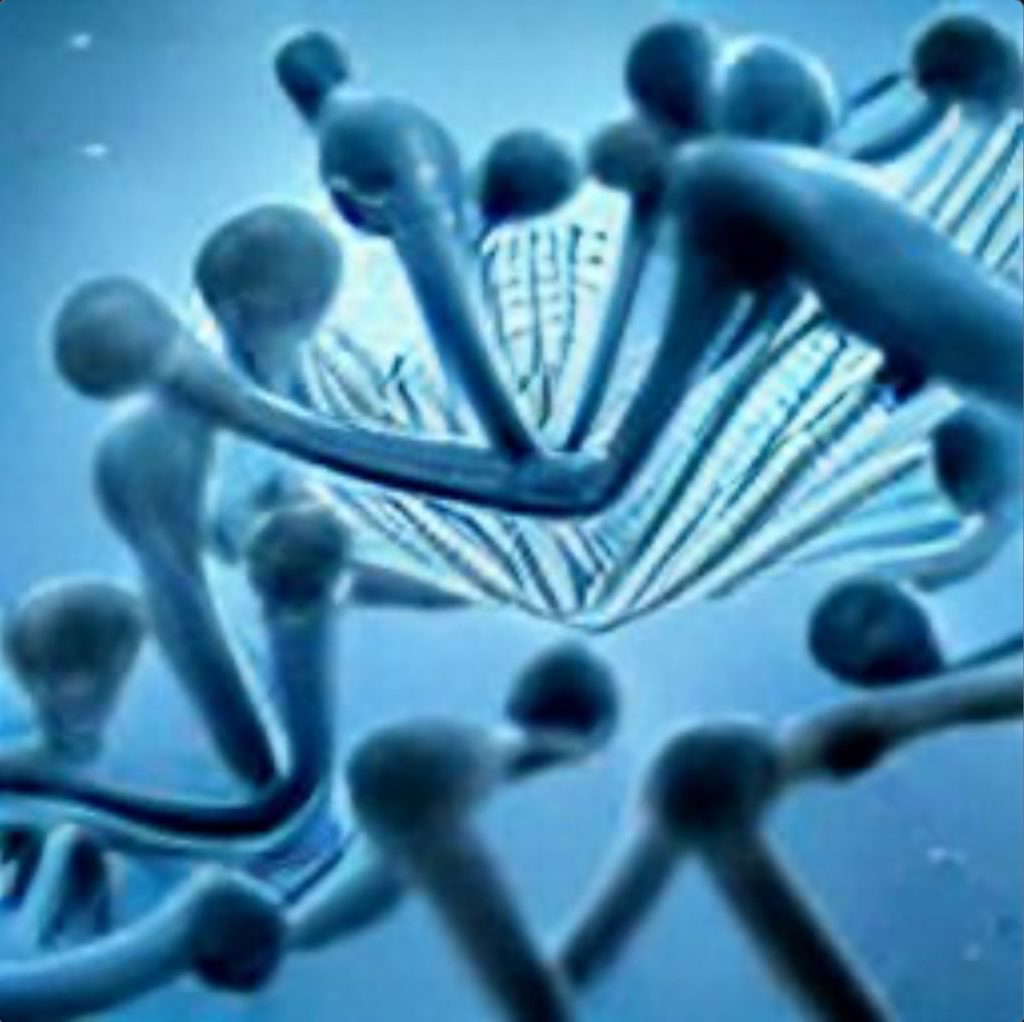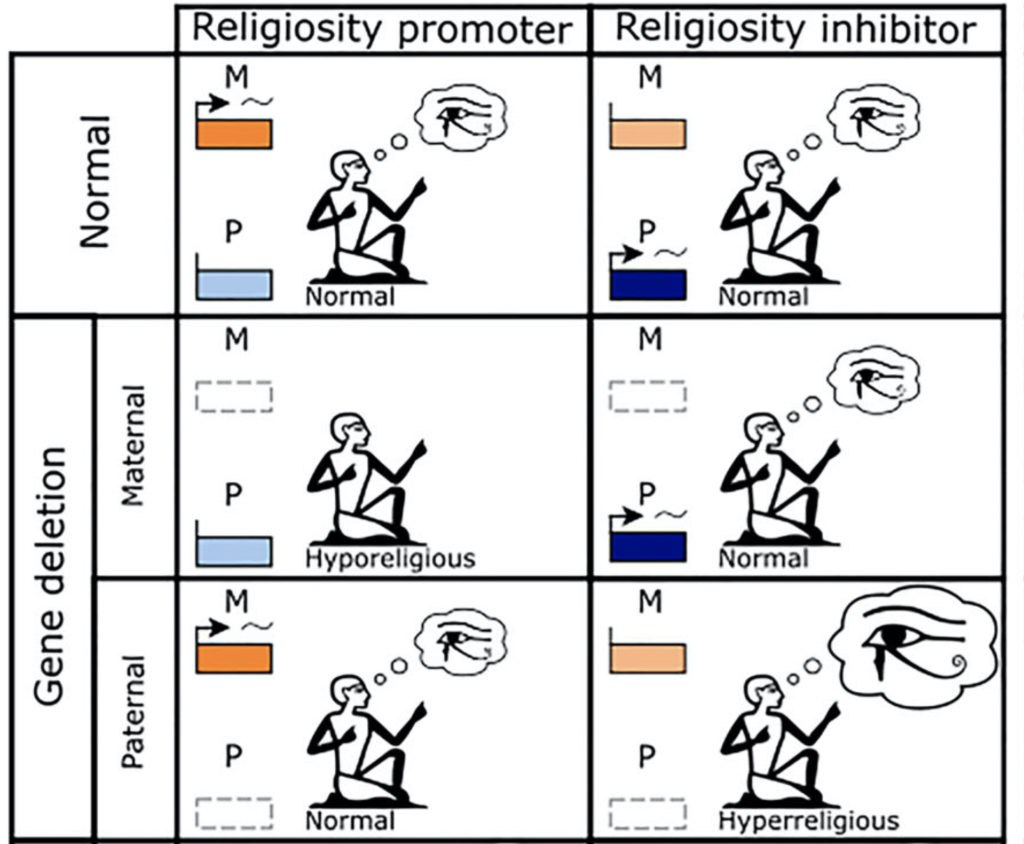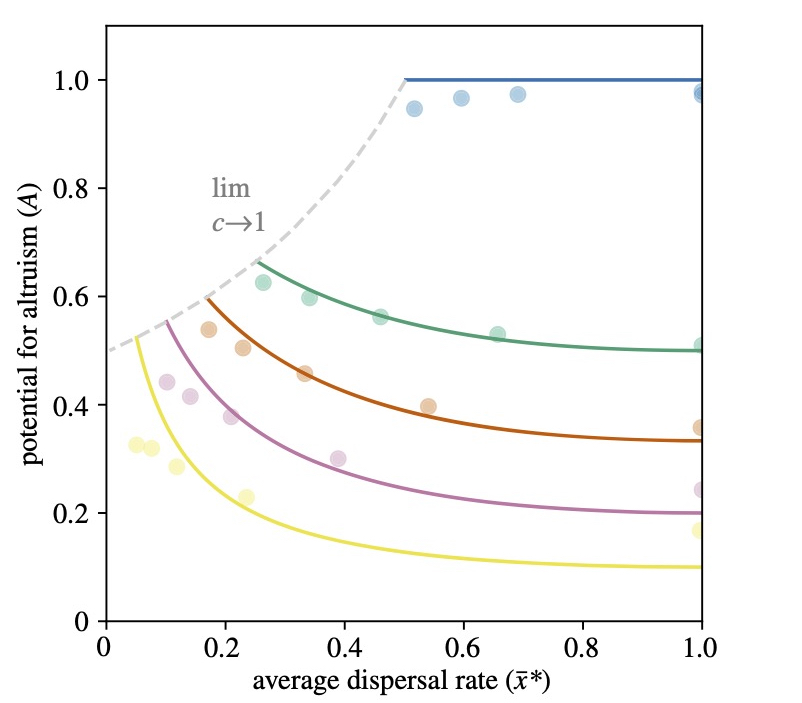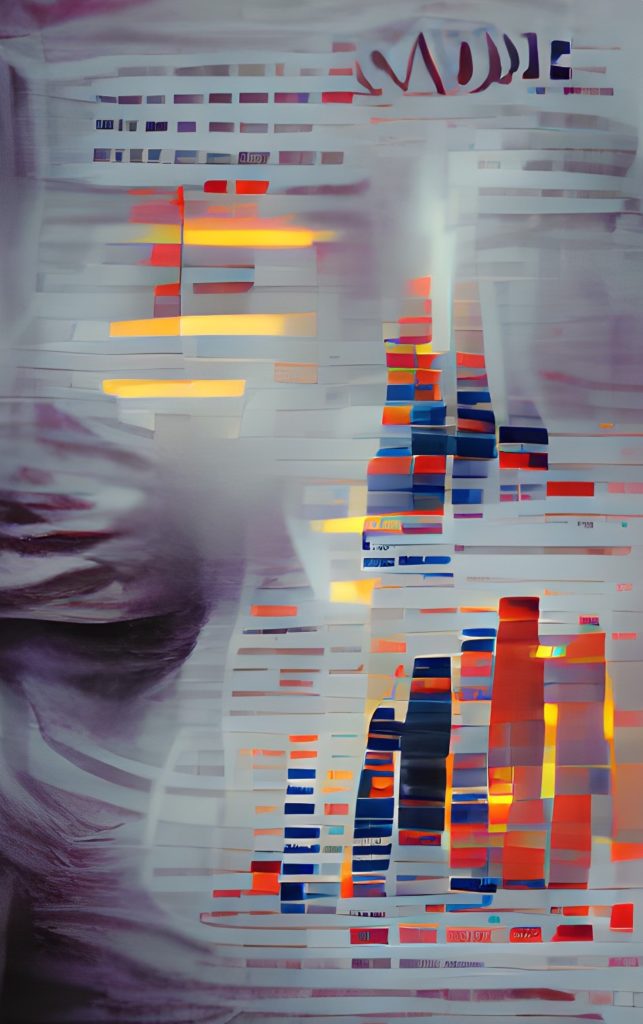Gardner A (in press) W. D. Hamilton and the golden sex ratio. Journal of Theoretical Biology. doi: 10.1016/j.jtbi.2023.111599
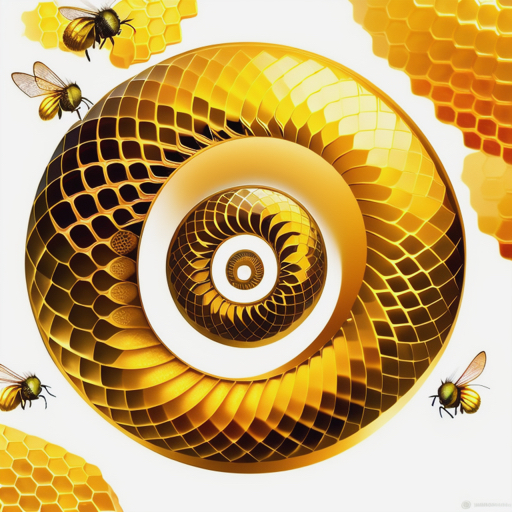
In his famous two-part paper, published in Journal of Theoretical Biology in 1964, W. D. Hamilton predicted that natural selection acting in male-haploid populations favours a ratio of males to females that is in accordance with the golden ratio. This prediction has found its way into the pages of one of the best-selling books of all time, Dan Brown’s 2003 novel The da Vinci Code, and is therefore in the running for the most widely known quantitative result in the history of evolutionary biology. Unfortunately, this golden-ratio result is wrong, and was later corrected by Hamilton, who showed that natural selection actually favours an unbiased sex ratio in this setting. But it has been unclear exactly how Hamilton arrived at the golden-ratio result in the first place. Here I show that the solution to this puzzle is found in unpublished work held in the British Library’s W. D. Hamilton collection. Specifically, in addition to employing a faulty method for calculating relatedness, Hamilton had also employed a faulty method for calculating reproductive value, considering only genetic contributions to the next generation rather than to the distant future. Repeating both mistakes recovers his erroneous golden-ratio result.
Image: https://hotpot.ai/art-generator
